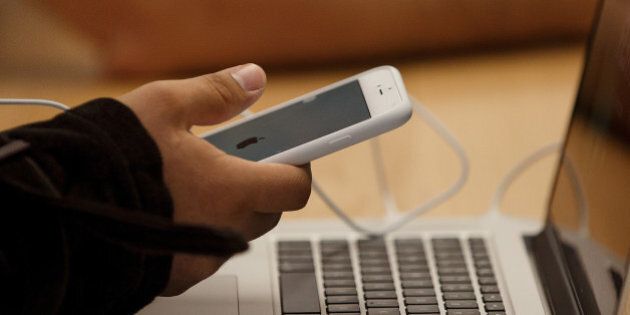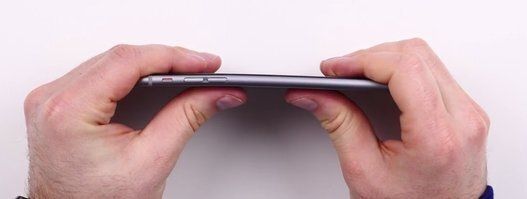
For years, I have not flown without one. But that was in the past. Last week, I boarded a plane equipped only with an iPhone 6 Plus. My iPad and the Surface Tablet were resting at home. My carry-on luggage felt lighter than ever before.
Mobile computing has brought us the freedom to work from anywhere; thanks to the powerful laptops, tablets, and nearly ubiquitous Wi-Fi. We have though been burdened with the weight of multiple computing devices that have become fixtures in our carry-on bags that accompany us on our daily commutes and long-distance trips.
Mobile computing devices including the standby chargers, which provide life support to battery-starved smartphones or tablets, are adding pounds to the bags dangling from our aching shoulders. For the sake of our shoulders and spine, we need fewer and lighter devices.
I took a few days off and travelled to Jamaica as my reward for surviving the brutally cold weather in Toronto. As an academic and a consultant, I have never been able to switch off completely on my vacations. There is always some draft to finish or a last-minute request to review a document. In fact, while in Jamaica, I had to review a 60-page document that arrived by email with a 24-hour turnaround deadline. I imported the document in Apple's Pages, read it, and wrote a 1,500-word review. I accomplished this on the iPhone 6 Plus aided by a light, blue-tooth keyboard. I even drafted this op-ed using the same device.
In less than a month since I acquired iPhone 6 Plus, it is already substituting for the iPad. This makes me wonder if iPhone 6 Plus will eventually cannibalize iPad's market share. The phablet is small enough to fit in a pocket but large enough to view multiple paragraphs at the same time.
Over the years, I have lugged around a laptop (now a Surface Tablet), a phone, and an iPad as I travelled to and from work. I use the tablet to run the Windows-based software for statistical and spatial analysis. I am a news junkie and rely on the iPad for my news fix. I have a digital subscription for The New York Times, The Economist, and the Globe and Mail. I download the latest issues every morning on the iPad. I also download the latest from the Huffington Post, Bloomberg News, and Reuters and read these on the iPad while riding public transit to work.
Some would argue that I could get a version of the digital editions on the Windows 8 tablet that may eliminate the need for iPad. I am, however, deterred by the Surface's short battery life. The iPad, on the other hand, offers a day's worth of reading and browsing on a single charge. iPhone 6 Plus also offers a robust battery life that lasts me a day.
With iPhone 6 Plus, I have been able to accomplish all that I used to do with an iPad. I have transferred my digital subscriptions from the iPad to the iPhone. The productivity software for word processing and spreadsheets are equally powerful on iPhone 6 Plus. Other tools, such as Evernote and the native clients for email, calendar, and browsing work equally as good.
At the same time, the iPhone offers additional utility. For starters, it's a fully functional mobile phone. Unlike an iPad, which forces us to hunt down a free Wi-Fi signal, I can place calls from Skype, send instant text messages, and FaceTime using the 3G or the LTE mobile connections.
The enhanced camera with the iPhone 6 is yet another invaluable tool for road warriors. One can take pictures or videos of events and objects to help with the recollection later. When combined with other productivity tools such as TinyScan, the camera effectively turns into a scanner.
Recently, I scanned a marked paper copy of a Masters thesis and emailed the corrections back to the student with the iPhone. I had to take about 100 snaps. Still, it saved me from searching for a scanner and the struggle to scan, which takes equally long even with an automated document feeder.
Apple's apparently endless ingenuity is likely to deliver the next generation of iPads with enticing new functionality, which may force the consumers to yet again upgrade their gadgets to the latest models. I, for one, have decided to have mercy on my posture and shoulders and carry one less gadget: Sorry iPad, but we will not be hanging out anymore.
As for the phablets and smartphones, based on what one can accomplish with them today, soon a smartphone will be all that we may need to carry.
ALSO ON HUFFPOST:
